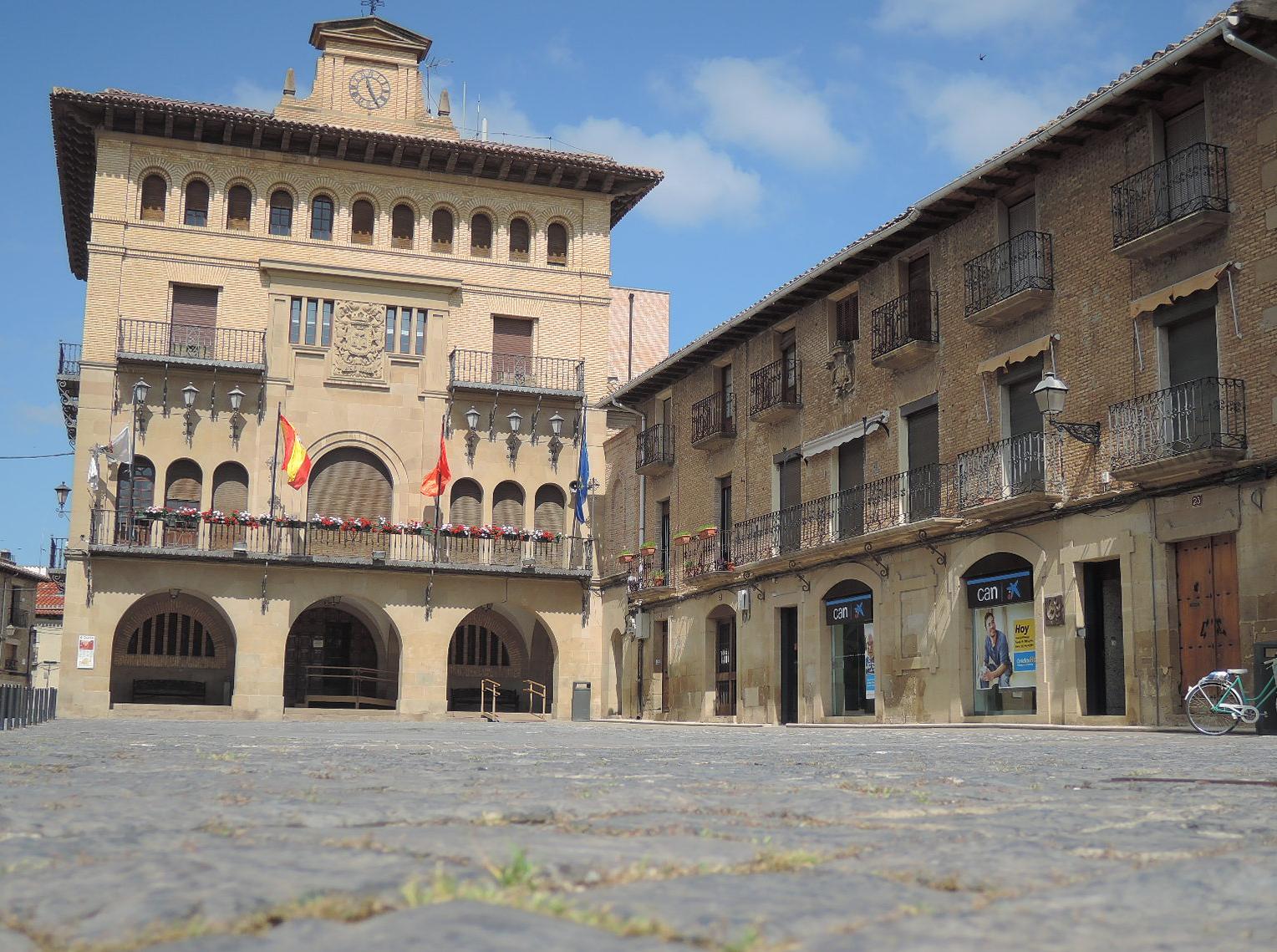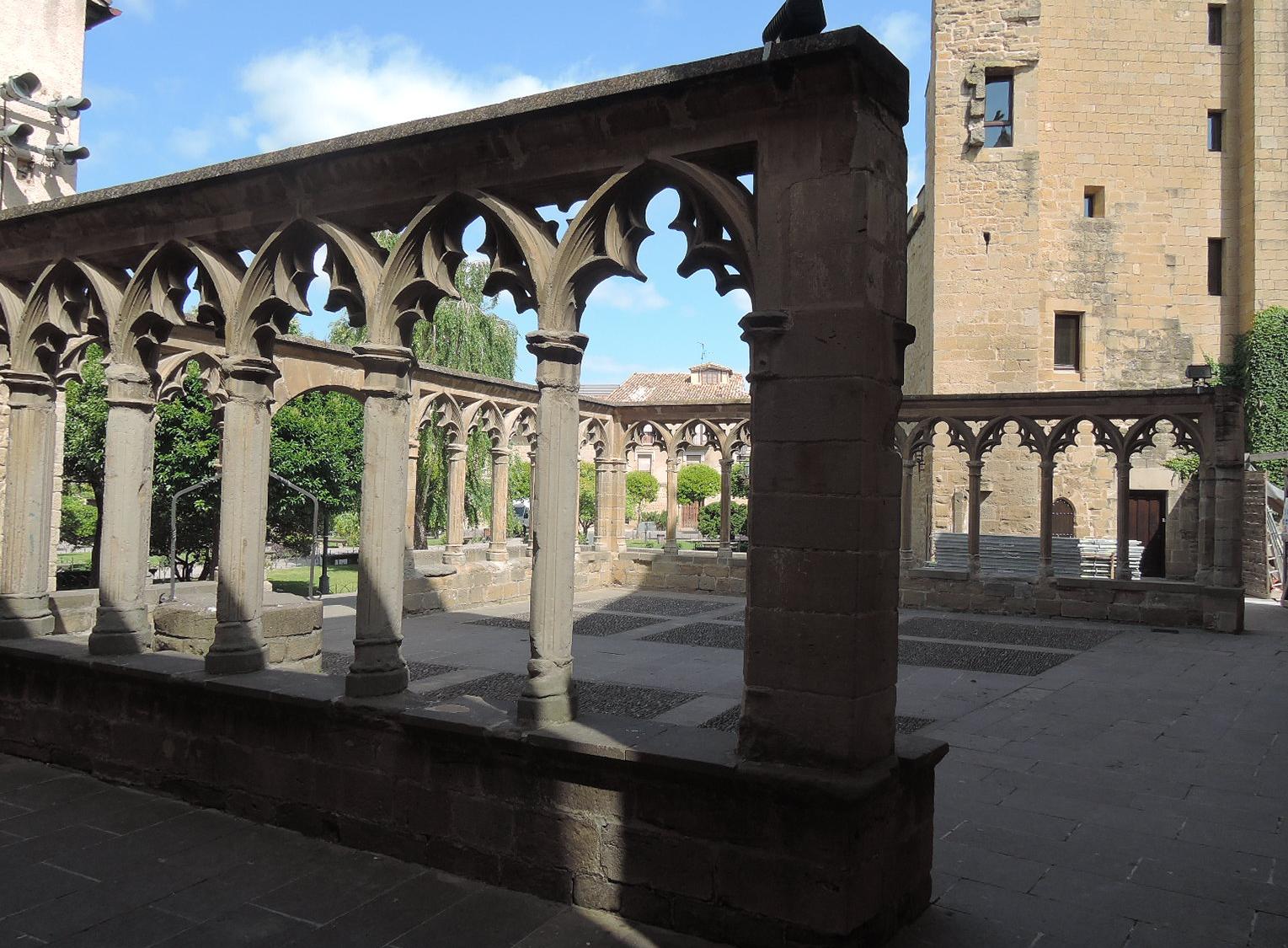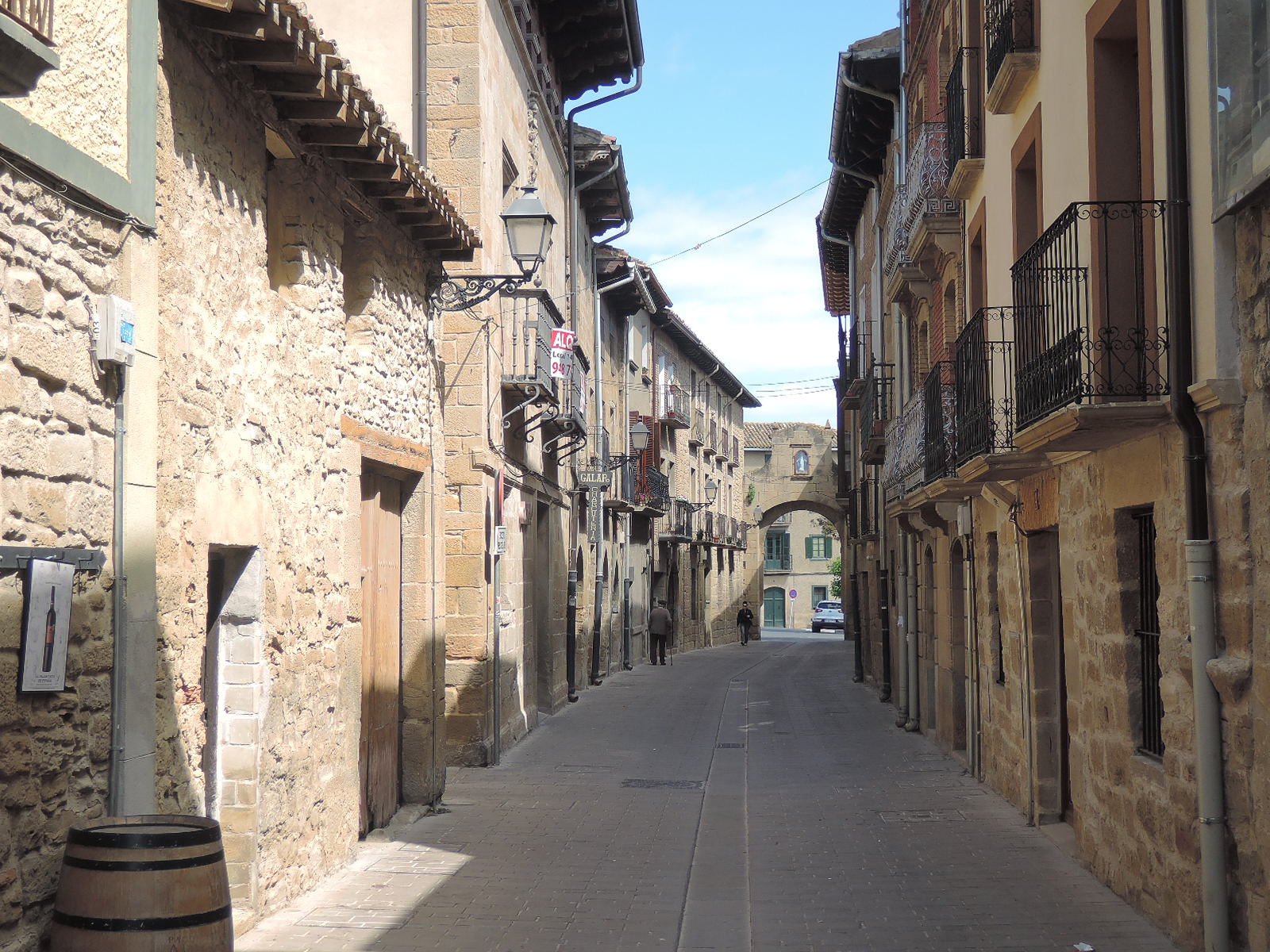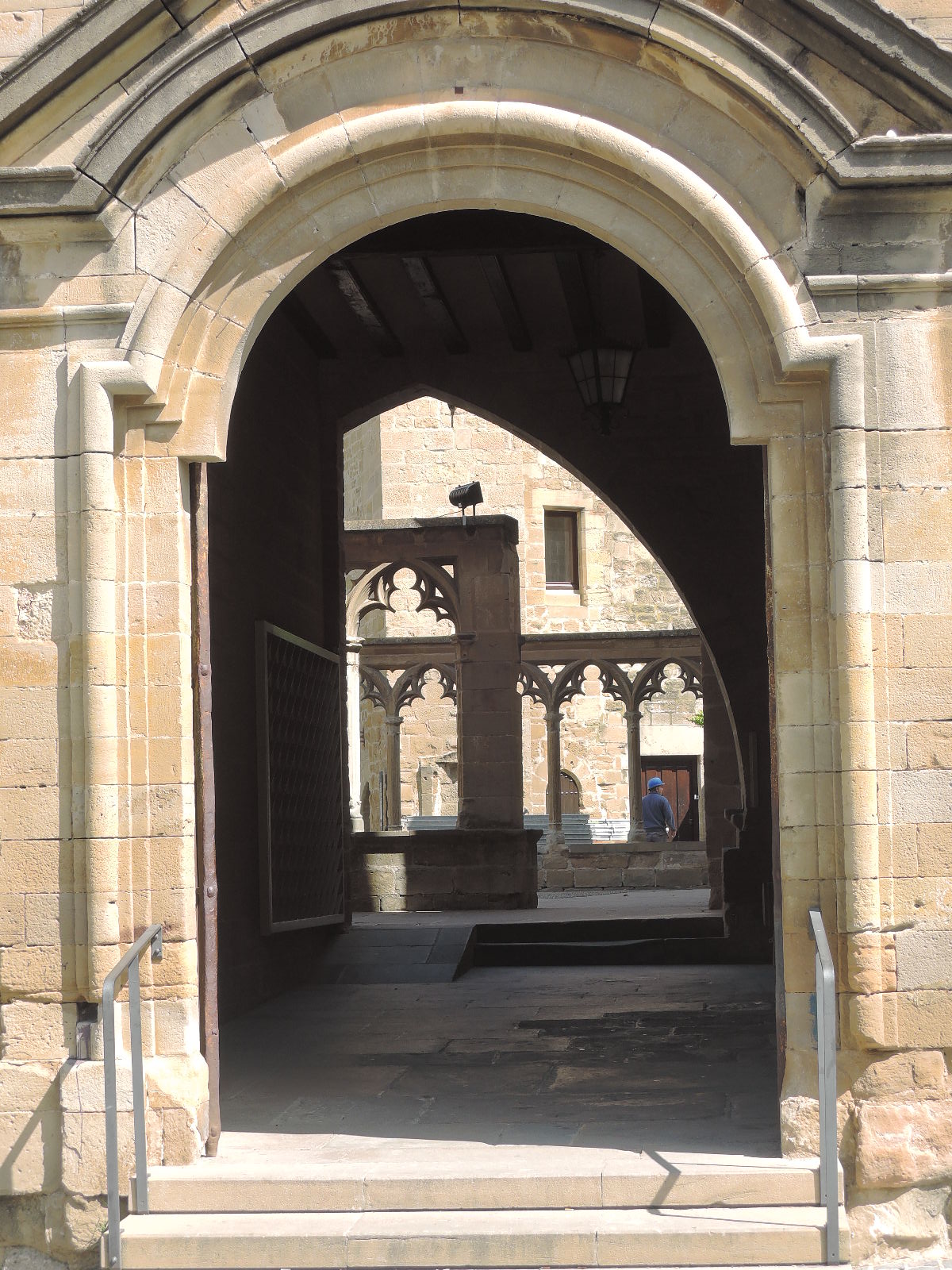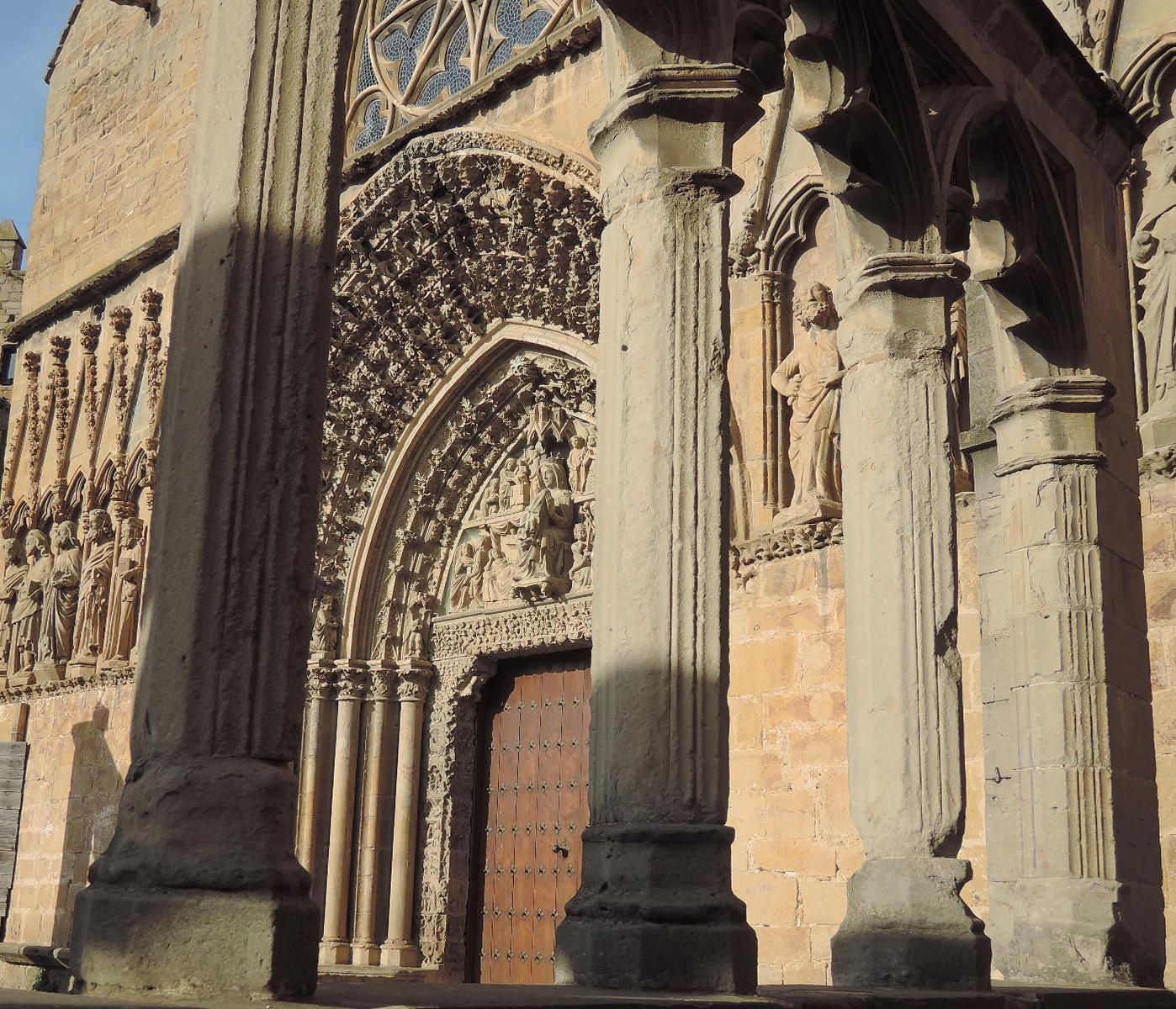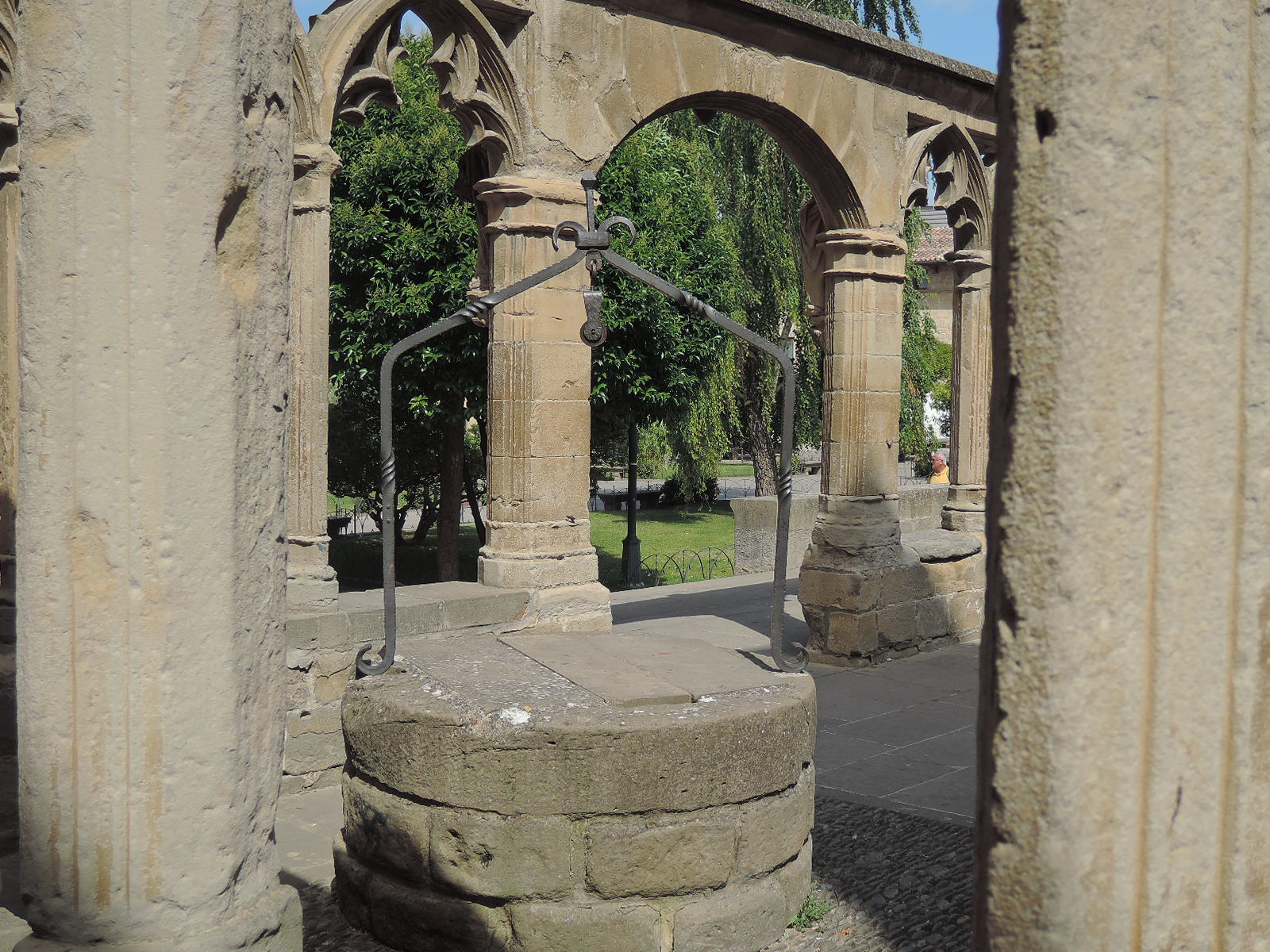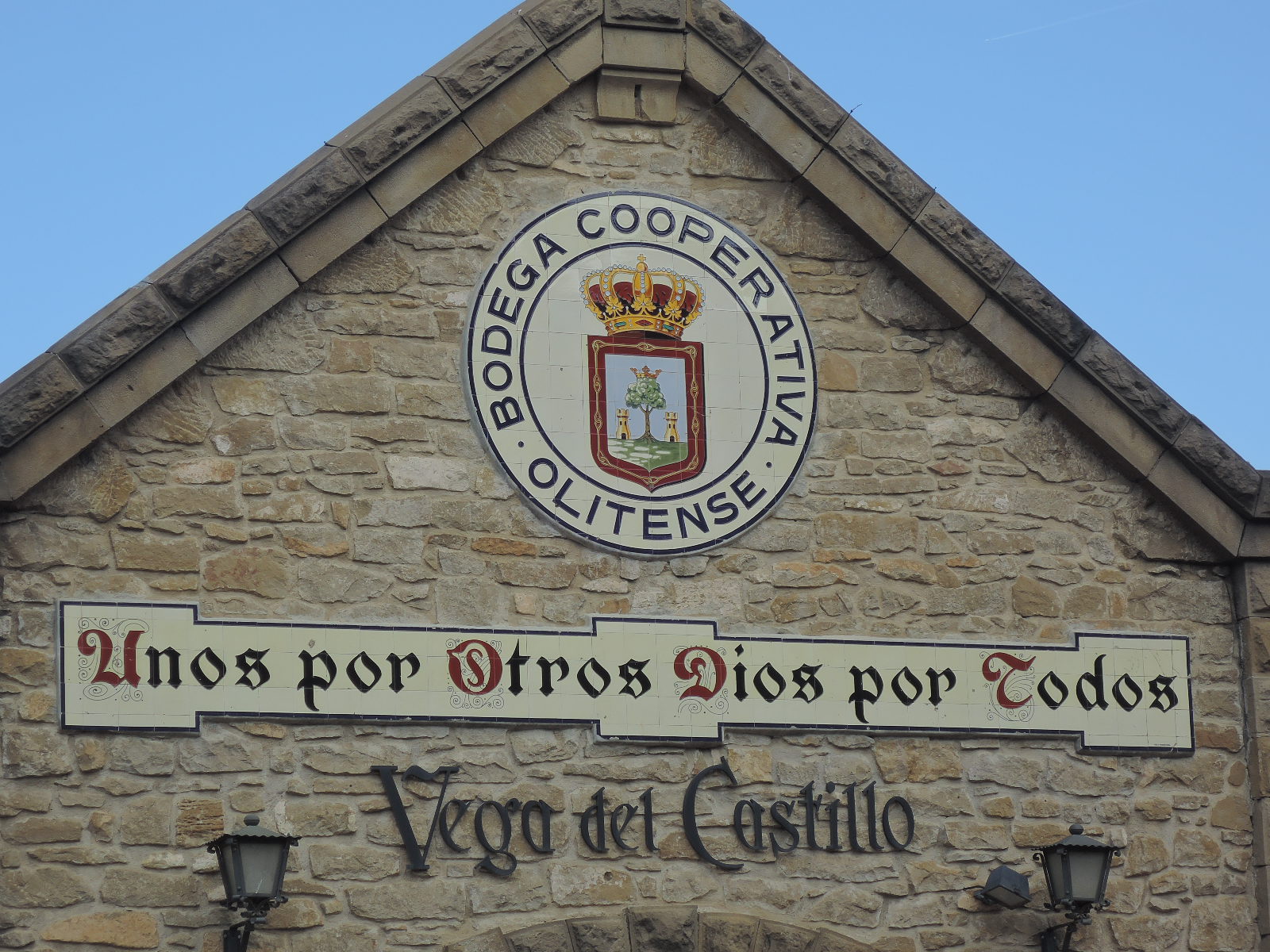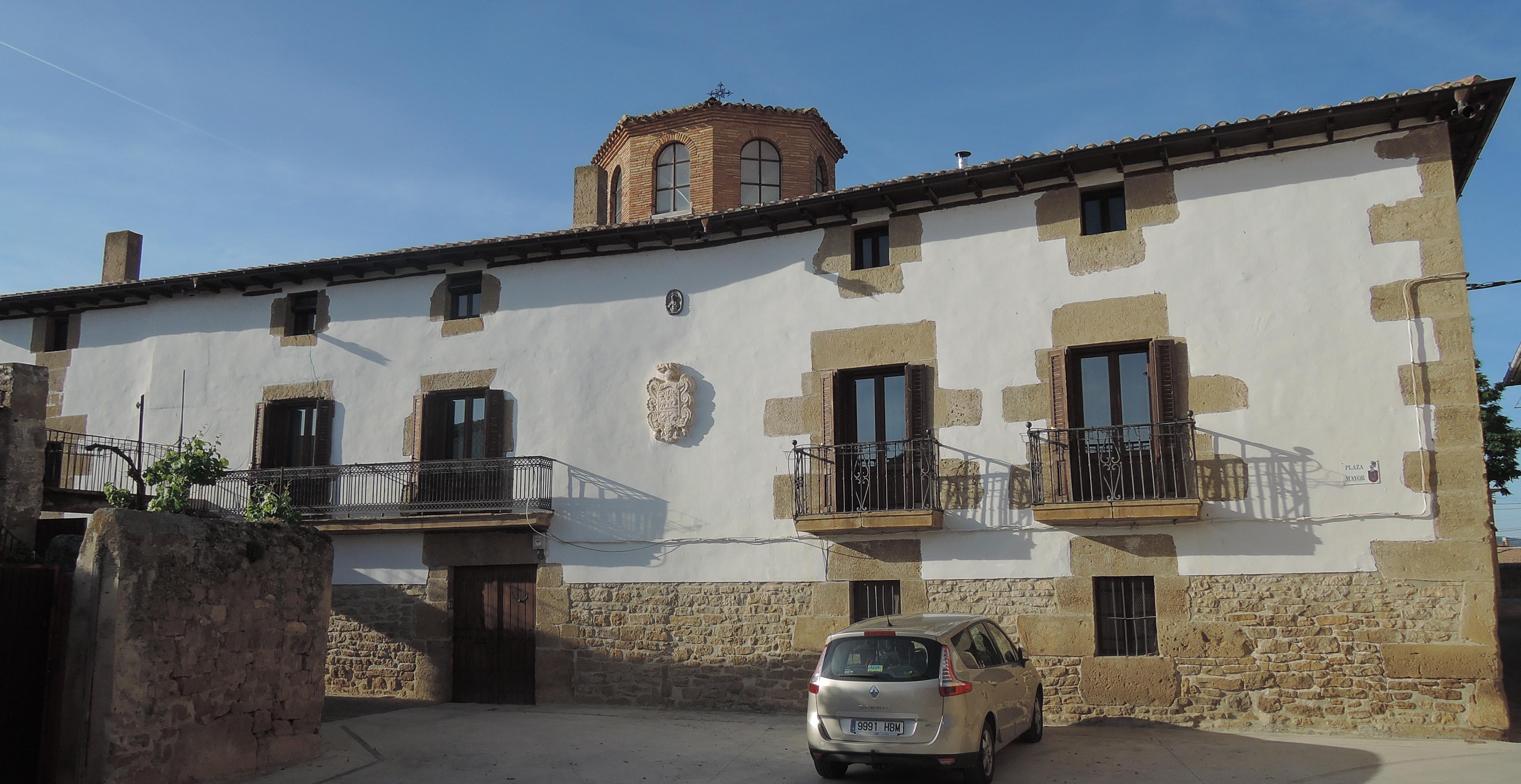When keeping travel logs, the moment you skip a couple of day’s write, events and places start piling up, time flies, impressions and experiences mix up and, eventually, you miss the log’s thread. And blogging doesn’t make it easier. Quite the opposite: with the good old traditional diaries, filled on a stapled notebook with a Bic ballpen, which you can write while having breakfast at the hotel or drinking a vermouth on a terrace, during any of those many empty moments of a traveler’s day, keeping the journal updated is a tad bit easier.
So, well, in the previous chapter I was saying I nearly touched heaven -landscape-wise- with my hands riding through Sierra de la Demanda, which I finally exited by an awesome natural gate issuing to the less exciting Valle del Ebro. And I also said that Logroño, one of the finest and best rated capitals in Spain, didn’t make a big impression on me this time, as compared to the Sierra. So, I only spent one night there, and the next morning I took the bike and rode on.
However, this stage was to be very short: I had barely done a few miles (coming through Lodosa, Andosilla, Peralta and Marcilla) when, by a chance mistake, I arrived to the noble Villa de Olite, where I felt good enough to stay three days over (nothing compared to Santo Domingo, though); and that’s because, after having ridden a hundred miles across the aesthetic desert of South Navarre, Olite seemed to me like an oasis of harmony. So, I parked the bike in the fine square hosting the townhall, I picked the hotel I fancied the best and, being welcomed the modest Castilian style that I so much like (let’s face it: though Olite belongs to Navarre, it’s deeply Castilian) I instantly decided to make a long stay here. I therefore took things easy, spending my time traipsing, visiting some wine cellars, taking nice shots of the old town -that shows itself irreproachably restored- (pictures that never look half as nice when you watch at them afterwards), and wrapping Rosaura’s side bags on a “yelling yellow” paper, for the sake of security on the road.
One thing, though, I didn’t like about Olite: it smells like weed. (Something quite common in the Basque Spain, by the way.) I’m sorry to say, but local authorities in the Basque provinces seem to find perfectly fine -and therefore not finable– of people to go along smoking joints on the streets, parks or bar terraces; and me, who can barely tolerate tobacco smoke, the sickly one from cannabis gives me the headache. Smoking hashish may be trendy and cool like hell, but I’m neither trendy nor cool; so, here I leave this complaint.
I hope that my pictures can this time talk better than me.
Perhaps what I liked the best about the old town is the curious architectural ensemble formed by the Castle-Royal Palace, access to the atrium, the church of Santa María la Real, the atrium itself with well and all, plus the Parador Nacional (Paradores Nacionales is a chain of government run luxury hotels).
With these three photos (above and below) I hope to describe such ensemble, with its strong contrast of lights and shades, blue sky and stone colours, its play of columns and vanishing lines, of steps and corners, and the bare, outdoor atrium with its almost erotic nakedness, hinting disclosed intimacies.
And the well: that well always present in the Spanish legents and hosting a Moor woman in its deep waters ready to mesmerize and capture the naughty children leaning over the well’s curb…
Because of that mystical mood I’m in sometimes, and because of the “Spain without complexes” I’m often talking about, I was struck by this winery’s motto over their door’s lintel. Unfortunately, there’s no future for a company with such aesthetic nowadays, in this society that has lost its Faith: we help each other, God helps us all.
I said mystical mood but, in fact, it’s nothing of the liket. As a matter of fact I’m more atheistic than Marx himself. But it turns out that I feel comfortable in a world with churches, belltowers, priests, processions and all the features of Catholicism. That’s what I was breastfed with, what I grew upon until my late teens; and this culture -now dying but still alive in my memory- of prayers and Masses, liturgy and songs, chapels and altarpieces, sayings and made sentences, and many details of our everyday speech; all these has become and intrinsic and inseparable part of me. It calls so many of my hard-coded memories, it brings me peace of mind; I feel at ease among them, in my natural element. Perhaps now, bumming around the globe, I appreciate it more than eve. Therefore, although I am not a believer, I respect the Church and I like it; it could not be otherwise without sacrificing who I am, without giving up the infomration treasured by my brain cells that builds up the mind of the author of these lines. Amen.
Finally, taking advantage of my long stay in Olite, I took a long walk up to Beire and photographed the wheat and the poppies which so much pleasure I take on lately; and also I took some pics of one of those huge houses from ancient nobility, emblazoned, some of whose rooms must needs host a big, dark and grave clock, and whose alcoves know unspeakable stories of adultery.



